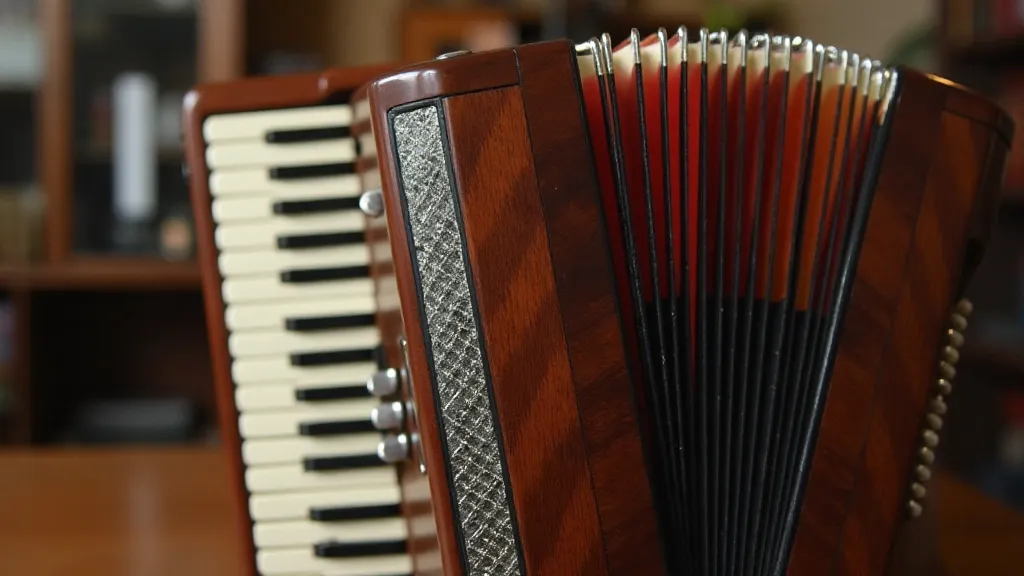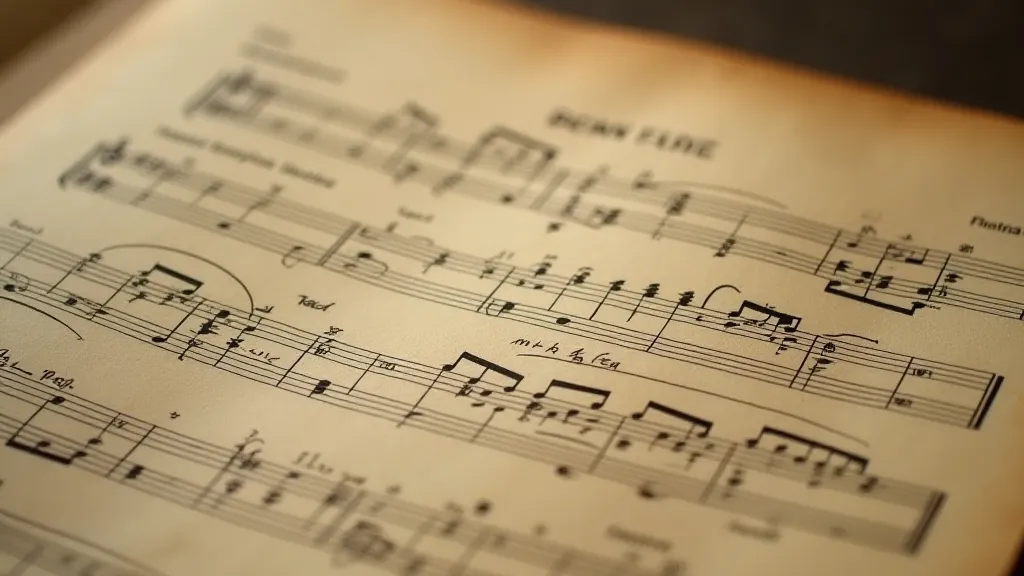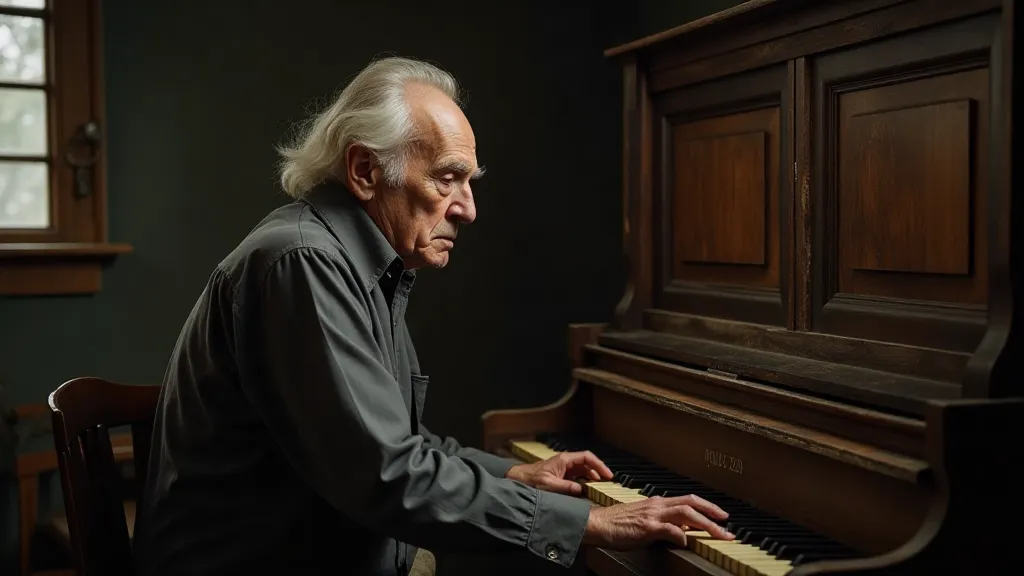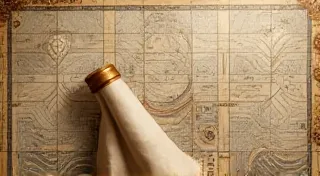Chromatic Alchemy: Transforming Scenes with Strategic Music Choices
The scent of aged paper and the whisper of bellows – these are the hallmarks of a music library forgotten by time. I spent a considerable portion of my childhood lost within the dusty stacks of my grandfather’s collection, a trove of sheet music, orchestral scores, and forgotten soundtracks. It wasn’t the films themselves that captivated me initially; it was the music, the stories it hinted at, and the ghosts of composers who poured their artistry into creations now largely unheard. Today, we're not just talking about forgotten movie soundtracks; we’re exploring the art of how music shapes our perception, transforming the mundane into the profound, the fearful into the poignant. It's a process I like to call “chromatic alchemy.”
Consider the work of Elmer Bernstein, a composer often overshadowed by more prominent names like Bernard Herrmann or Ennio Morricone, yet a titan in his own right. He composed for films ranging from iconic Westerns to quirky comedies, but it’s his score for “Sweet Smell of Success” (1957) that truly exemplifies this alchemic power. The music isn't just accompaniment; it *is* the oppressive atmosphere of the film. The use of dissonant jazz chords, the relentless pulse, the feeling of unease – all crafted to amplify the film's cynical portrayal of ambition and corruption. It’s a masterclass in how music can actively manipulate the audience’s emotional state, subtly guiding their understanding of the characters and their desperate struggles.

The Accordion's Voice: A Symbol of Nostalgia and Subversion
Often, forgotten soundtracks are intrinsically linked to instrumentation that has fallen out of favor. Take the accordion, for instance. For decades, it carried a certain stigma – associated with carnivals, cheap novelty music, and, unfairly, with a sense of sentimentality bordering on kitsch. Yet, in the hands of a skilled composer, the accordion can be an incredibly versatile and evocative instrument. Its ability to blend both a breathy intimacy and a slightly mournful resonance makes it uniquely suited for films that explore themes of loss, memory, and longing. It’s a voice that speaks to the past, whispering stories of simpler times—or underscoring the melancholy that lingers beneath the surface of those memories.
The use of the accordion in "The Tin Drum" (1979), scored primarily by Krishna Shankar, isn’s merely an atmospheric choice; it’s integral to the film’s narrative. The instrument’s almost childlike quality, combined with its underlying sense of melancholy, beautifully reflects the protagonist’s journey through childhood trauma and societal absurdity. The score isn’t meant to be uplifting; it’s meant to be unsettling, to challenge the audience’s expectations, and to force them to confront uncomfortable truths. Similarly, think of its use in some of the more eccentric scores from the 1960s and 70s—films that embraced the unconventional and sought to push the boundaries of cinematic expression.
Beyond the Score: The Art of Subtext
Chromatic alchemy isn’t just about choosing the right instrument; it’s about understanding how music interacts with the visual and narrative elements of a film. A seemingly innocuous scene—a character walking down a street, a child playing in a park—can be profoundly altered by the addition of a carefully chosen score. Consider a scene intended to portray a character’s loneliness. A jaunty, upbeat tune might ironically underscore that loneliness, highlighting the character's disconnect from the perceived happiness around them. Conversely, a somber, minor-key melody could amplify the feeling of sadness and isolation.
The true artistry lies in the subtext – the unspoken meanings conveyed through the music. Composers often use musical cues to foreshadow events, to reveal hidden character motivations, or to create a sense of suspense or anticipation. A recurring musical motif, for example, might be associated with a particular character or concept, and its appearance in different contexts can subtly alter the audience’s understanding of that character or concept. It's a form of cinematic storytelling in itself, a layer of meaning that enriches the overall viewing experience.

The Craftsman’s Touch: Restoration and Appreciation
The recovery and restoration of these forgotten soundtracks is a labor of love. Many original scores were lost, destroyed, or simply neglected over the years. Hunting for these pieces is a challenging but rewarding pursuit, often involving scouring archives, tracking down surviving musicians, and painstakingly reconstructing lost material. The restoration process itself requires a deep understanding of both music and film, as well as a sensitivity to the original composer’s intent.
For those interested in collecting or restoring these treasures, there are a few key things to keep in mind. First, research is essential. Learn about the films, the composers, and the historical context in which the scores were created. Second, be prepared for a significant investment of time and resources. Restoring old scores can be a painstaking and costly process. Finally, appreciate the craftsmanship that went into creating these works of art. Each score is a testament to the composer’s skill and creativity, and each restored piece is a valuable contribution to cinematic history.
The Legacy of the Unheard
Ultimately, the appreciation of forgotten movie soundtracks is about more than just rediscovering lost music; it’s about broadening our understanding of cinematic art. It’s about recognizing the contributions of composers who may not have achieved widespread fame but who nonetheless created works of extraordinary beauty and power. It’s about celebrating the diversity of musical expression and the enduring legacy of the unheard.
The next time you’re watching a film, take a moment to pay attention to the music. Listen to how it shapes your emotions, how it alters your perception of the scene, and how it adds layers of meaning and subtext. You might be surprised by what you discover. You might just stumble upon a forgotten masterpiece, a hidden gem waiting to be rediscovered.






